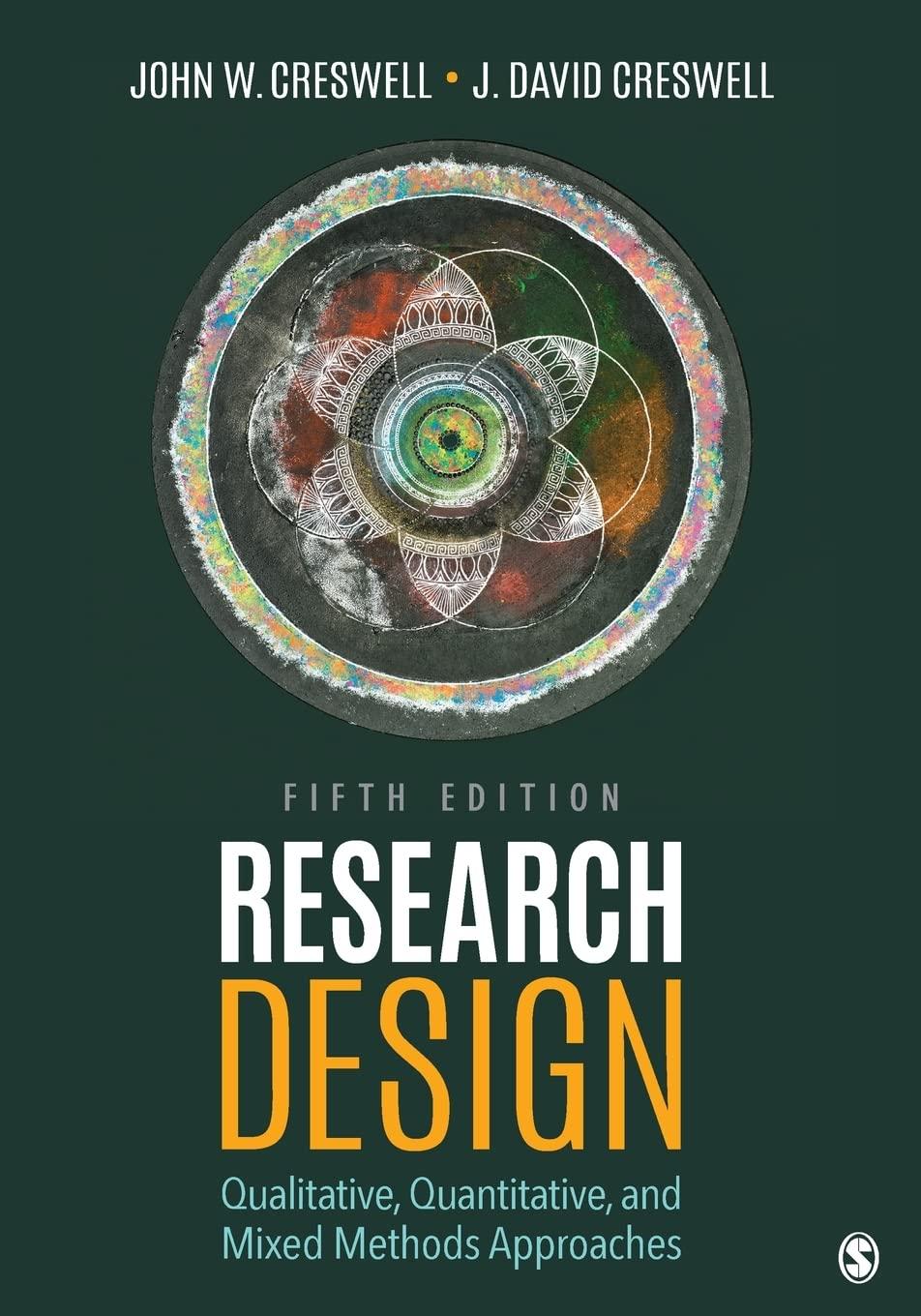Answered step by step
Verified Expert Solution
Question
1 Approved Answer
Part B Using the functions below: Calculate and graph Equilibrium Price (Pe) and Equilibrium Quantity (Qe). Graph supply and demand curves. Fully label the graph.
Part B Using the functions below:
- Calculate and graph Equilibrium Price (Pe) and Equilibrium Quantity (Qe). Graph supply and demand curves. Fully label the graph.
- Add the tax to either consumers or producers*. Calculate the new Pe (which you can call the Pt) and Qe (Qt) with the tax, show both of the shifts in the graph
- Demand function: Qd = 140- 2.5P
- Supply function Qs = .5P + 98
- Tax = $12
*Hint: isolate P before adding the tax (demand function) or subtracting the tax (supply function). Then set the Demand Function equal to the Supply Function to find the new equilibria (Qe -> Qt,Pe -> Pt). You'll end up with the same Qt but different Pt's.
Notes:
- ignore the concept of elasticity. If you add the tax to D or subtract the tax from S the new Qt is the same (but the Pt is different. Why is it different?)
- for the shifts: perhaps review the documents below. Each function should shift when you add (D) or subtract (S) the tax
- don't do the tax at the same time for both functions. D2 goes with S1 and D1 goes with S2
Step by Step Solution
There are 3 Steps involved in it
Step: 1

Get Instant Access to Expert-Tailored Solutions
See step-by-step solutions with expert insights and AI powered tools for academic success
Step: 2

Step: 3

Ace Your Homework with AI
Get the answers you need in no time with our AI-driven, step-by-step assistance
Get Started


